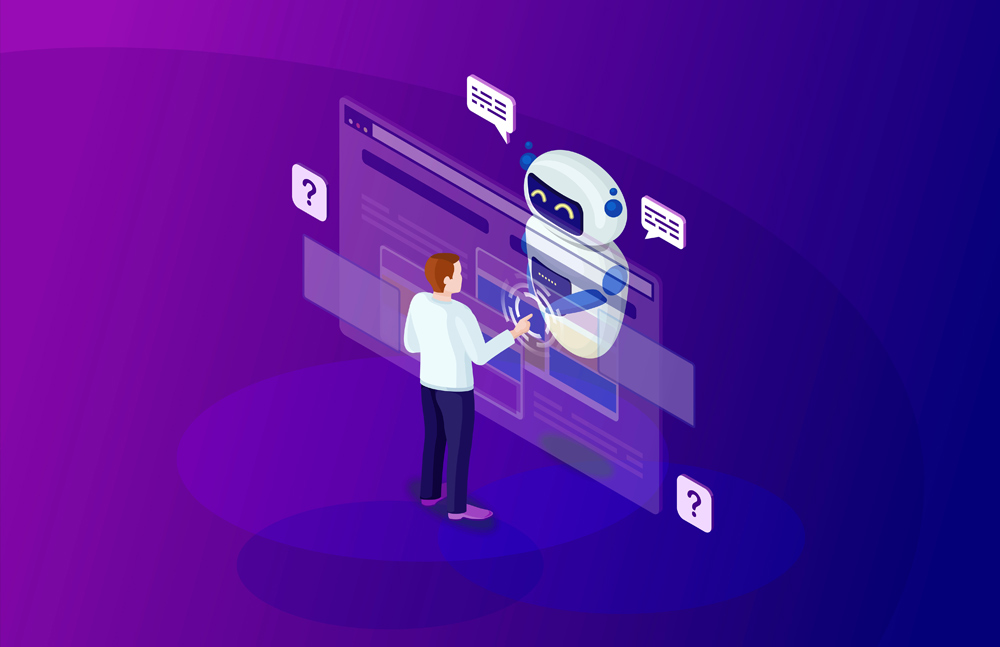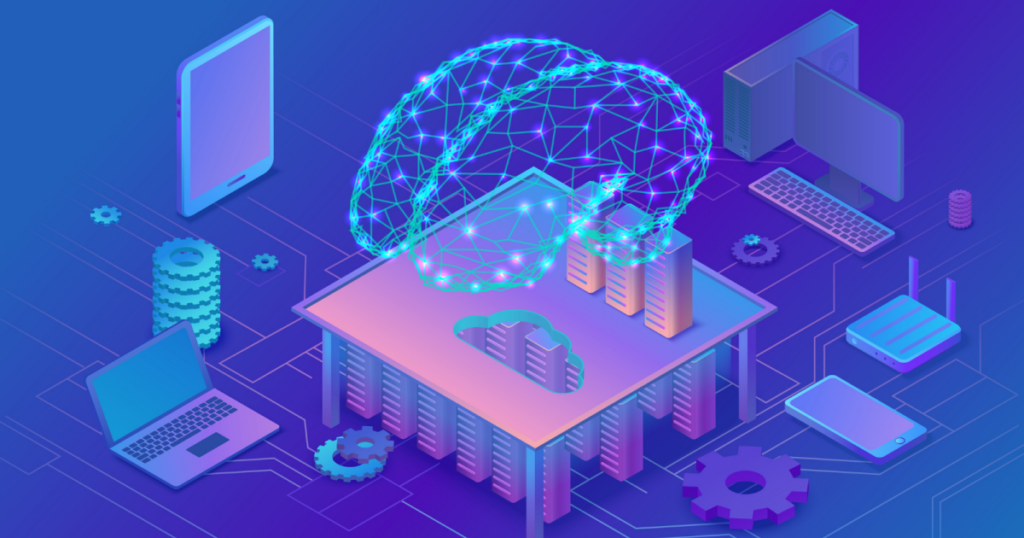Over the past year, there have been significant strides in generative AI, with the emergence of well-known technologies like ChatGPT, Midjourney and Bard. Notably, major corporations invested substantially in AI startups, such as Microsoft’s $10 billion contribution to OpenAI and Amazon’s $4 billion to Anthropic. Simultaneously, debates on the likelihood of achieving Artificial General Intelligence (AGI) dominated headlines. Alongside these developments, policymakers began to address AI regulation more seriously. The European Union presented an extensive set of policies governing the technology, and the Biden Administration issued a comprehensive Executive Order outlining 150 requirements for federal agencies. Despite these advancements, scholars argue that we have not yet reached the pinnacle of AI. We can anticipate exciting new capabilities and AI trends in 2024. This includes the emergence of larger and multimodal models. Increased discussions around how to responsibly use and regulate emerging tech, and AI in particular seem to be on the cards for 2024.

Companies Embracing AI and Navigating Regulations
Erik Brynjolfsson, Director, Stanford Digital Economy Lab, and Ralph Landau, Senior Fellow, Stanford Institute for Economic Policy Research commented on the anticipated widespread adoption of white-collar work shifts by companies. This would ideally usher in long-awaited productivity benefits. This upcoming AI trend is poised to impact knowledge workers, a segment that has largely remained unaffected by the technological revolution of the past three decades. Professions like creative workers, lawyers, and finance professors will witness notable changes in their roles this year. Embracing this shift should enhance job experiences, enabling professionals to explore new possibilities that were previously inaccessible. Academics foresee a shift that, while not entirely automating jobs, will predominantly augment and extend the capabilities of knowledge workers.
In the realm of AI regulation, the focus extends beyond the EU’s AI Act, with California and Colorado in the U.S. adopting regulations addressing automated decision-making and consumer privacy by mid-2024. These regulations grant consumers the right to opt out of AI systems. This includes activities such as hiring or insurance. This development prompts companies to confront practical implications when customers exercise these rights en masse, raising questions about the effectiveness and fairness of human review compared to AI processes. Corporations will need to begin to figure out how to navigate tricky, and perhaps even harsh regulations, added Jennifer King, Jerry Yang and Professor Akiko Yamazaki from Stanford HAI.
Technologies Related to AI and Advances Within the AI Landscape

The Upcoming Global GPU Shortage: Impact on AI Development
Concerns are rising about a global shortage of GPU processors, crucial components for many AI applications. Major companies, driven by the desire to internalize AI capabilities, are contributing to a surge in demand for GPUs. With NVIDIA being a primary producer, there’s a potential strain on their capacity. The competition for these processors extends beyond corporate interests, impacting entire nations aiming to stay competitive in AI advancements.
Addressing this issue entails not only scaling up GPU production but also prompting innovators to devise cost-effective and user-friendly hardware solutions. Many are actively exploring low-power alternatives to existing GPUs. Pioneering efforts are being led by projects like the Hoffman-Yee initiative, pushing towards such advancements. While mass availability and market introduction are still distant goals, the mounting pressure to accelerate these endeavours highlights the imperative to democratize access to AI technologies.

Dynamic Capabilities of AI in 2024
Scholars suggest that there will be a significant advancement in the capabilities of agents, allowing them to not only engage in conversations but also execute tasks for users. Companies in 2023 introduced chat-based interactions with AI. However, the upcoming year will witness agents performing actions like making reservations, planning trips, and connecting with various services on behalf of users.

An Evolution of AI in Multimedia in 2024
Furthermore, strides towards multimedia are anticipated, although this evolution may extend beyond a single year. The predominant focus has been on language and image models. However, the growing processing power is paving the way for video capabilities. Unlike intentional data from text and images, videos capture events as they unfold without premeditation. This transition poses an intriguing development. As AI models will gain a richer understanding of diverse content, encompassing both scripted narratives and unfiltered, spontaneous moments captured by 24/7 cameras.

The Rise of AI-generated Videos
Substantial multimodal models, particularly in video generation, seem to be one of the upcoming AI trends in 2024. It is leading to increased concerns about deepfakes. Vigilance is crucial as manipulated videos portraying individuals saying things they never uttered become more prevalent. Consumer awareness and voter caution are essential in this evolving landscape. Legislative action is on the horizon, with the EU finalizing widespread AI rules. It will also potentially impact major American tech companies and their models. This regulatory development is expected to unfold in 2024. In contrast, the U.S. is unlikely to witness significant AI regulation, as Congress is not expected to pass substantial legislation during an election year.
The coming year will witness the release of larger models and new capabilities by startups and companies like OpenAI. Controversies surrounding the definition of Artificial General Intelligence (AGI) will persist. While fears of AI taking over the world are dismissed as hype, real concerns revolve around current issues such as disinformation and the proliferation of deepfakes, which are likely to escalate in 2024.

The Future of AI: Projections for 2024 and Beyond
The year presents a unique juncture in AI trends in 2024. It will be marked by the pervasive integration of generative AI technologies into various facets of our lives. A crucial aspect to consider is our collective reflection on the impact of these advancements on work, recreation, and communication. This year prompts introspection on what we desire from artificial intelligence in our communities, education, and society at large. A notable development is the increasing entrenchment of generative AI in our daily activities. It will also prompt a fundamental question: How does the expanding presence of AI technology make us feel about ourselves? This introspection necessitates a thoughtful exploration of the permissible boundaries and limits we should establish.
A significant milestone in this discourse was marked by Springer Publishing’s stance in February 2023. It emphasised that LLM’s can assist in drafting articles but cannot be credited as coauthors due to accountability concerns. This underscores the importance of articulating rules earnestly and allowing room for future adjustments based on evolving understandings. As we navigate the complex emerging AI trends in 2024, the year beckons us to engage in critical conversations. We must set clear guidelines, and adapt to the evolving landscape while acknowledging the nuanced challenges.
Pick up on necessary skills with the atomcamp AI Bootcamp to get you started with everything you need to learn to begin and polish your AI skills.
